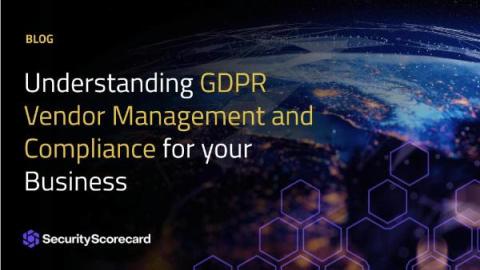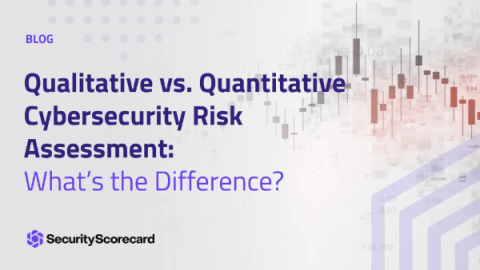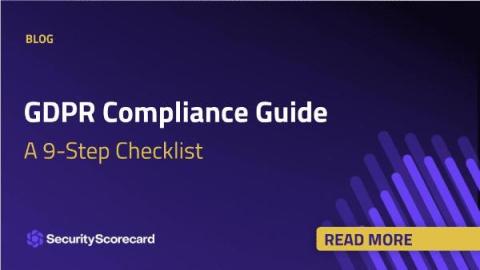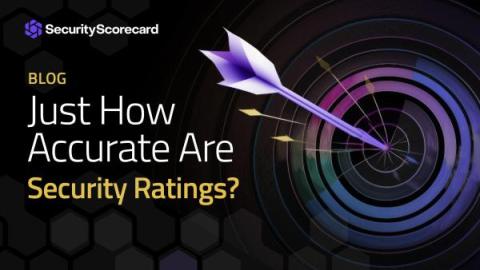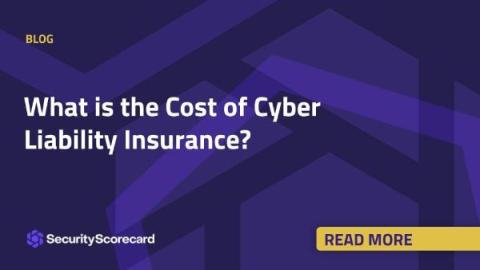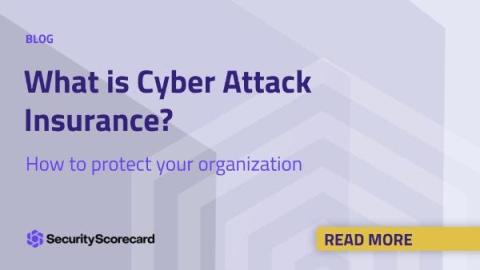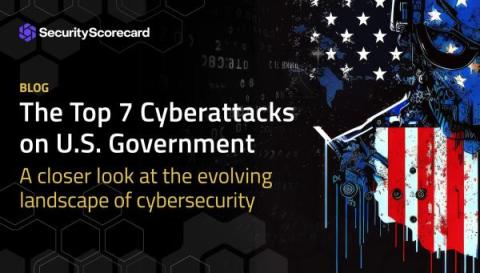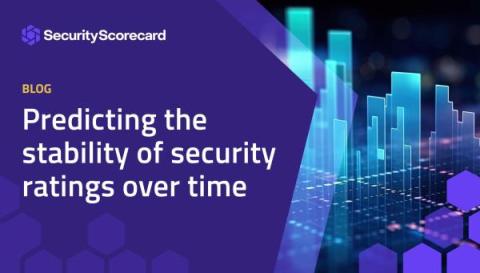Understanding GDPR Vendor Management and Compliance for your Business
General Data Protection Regulation (GDPR) is a framework for data protection that gives strict obligations for organizations within the European Union. For many businesses, understanding and implementing GDPR vendor management is a daunting task. That’s why we are going to break down what GDPR vendor management is, who is involved in it, and what the requirements are.


